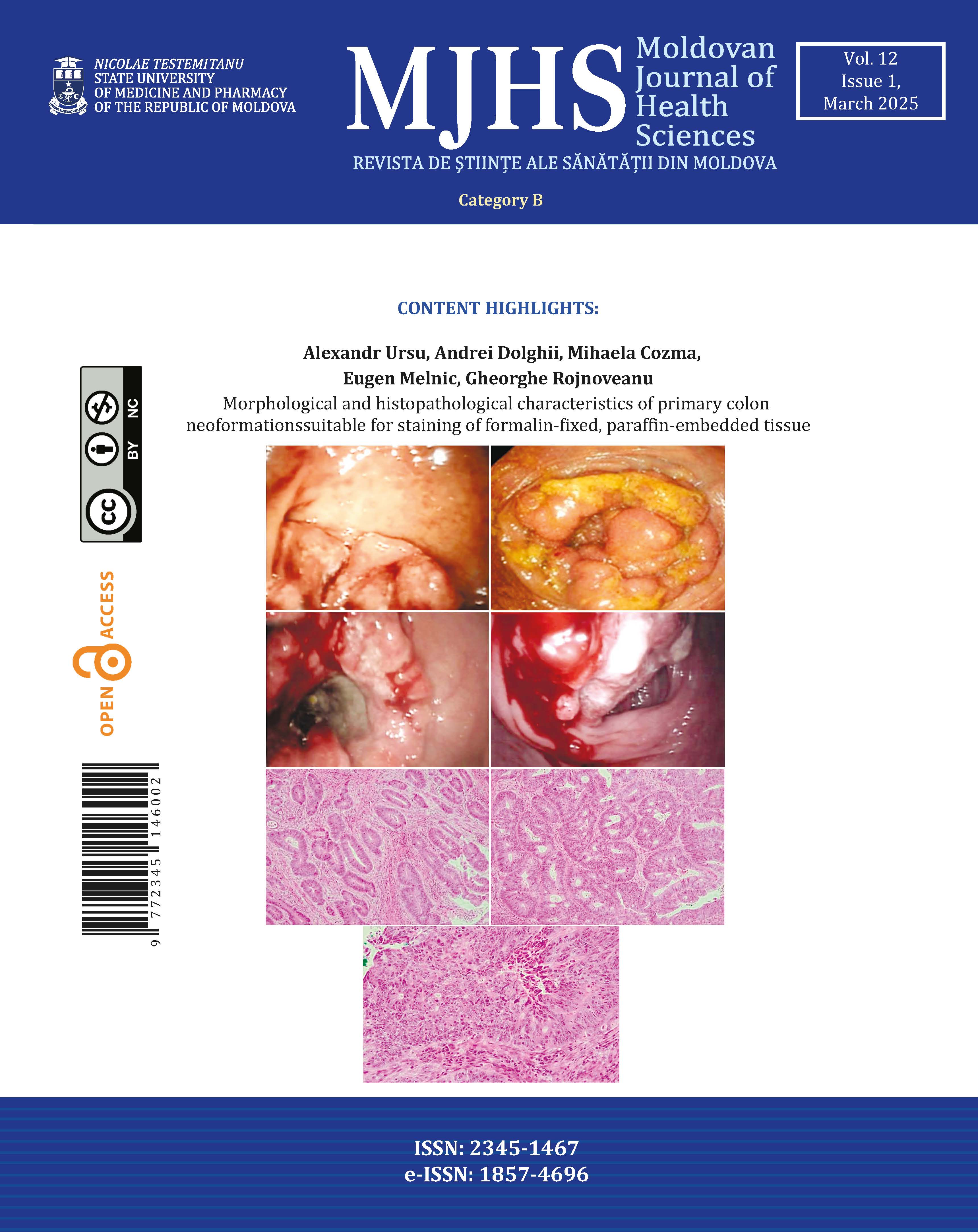Chronic myeloid leukemia (CML) is a chronic myeloproliferative neoplasm, which derives from clonal myeloid proliferation because of malignant transformation of hematopoietic stem cells. The median age of the patients is lower than the respective indicator in other chronic malignant myeloproliferations and amounts to 52-53 years, which denotes the predominant involvement of socially active and workable population. Approximately 2.5% of CML cases are attributed to the age group below 20 years and 7.4% to the age group between 20-34 years. That disease represents a complex and actual problem of clinical hematology and public health. The clinical-hematological picture of CML is characterized by splenomegaly or spleno- and hepatomegaly, progressive leukocytosis, constitutional, hypercatabolic symptoms, commonly relapsing evolution, which can also be found in other leukemic processes, raising questions of differential diagnosis. Despite major advances in induction and maintenance therapy, which have led to the increased hematologic and molecular response rates, as well as overall survival, a significant proportion of CML patients relapse and die from the disease progression in the form of acute phase – blast crisis. Regardless of the geographical area, the insidious and latent onset of the disease, the late addressing of the patient, the reduced vigilance and lack of specific competency of physicians of the general network can cause delay in diagnosis and treatment, when the evolution of the tumor process progressively decreases the chances of recovery. Patients diagnosed in the chronic phase, from the low-risk group, have a high potential for recovery. Therefore, detailed training of students, residents, postdoctoral fellows and trainees in the field of this hematologic malignancy is welcome both from a clinical and scientific point of view.
That monograph covers the basic topics necessary for students, the medical and academic community for detailed knowledge of epidemiology, etiopathogenesis, establishing the diagnosis of CML, processing the differential diagnosis and selecting personalized treatment tactics.
The monograph is properly structured, presented in a standard manner and composed in literary medical language. The respective manuscript consists of 5 chapters, the synthesis of clinical cases, includes 20 tables and 19 figures. Each chapter comprizes the actuality of the studied theme compartment, the purpose, the research materials and methodology, the author’s research results, the international achievements in the field in the form of discussion – narrative synthesis. In the first chapter, the world literature data on epidemiology, etiopathogenesis, clinical picture, positive diagnosis, differential diagnosis and treatment of CML are presented. Chapter II is dedicated to the contemporary epidemiological and management aspects of CML patients. The monograph describes contemporary diagnostic, management and treatment algorithms and options used worldwide in clinical hematology. The importance of molecular-cytogenetic investigations in the diagnosis and monitoring of treatment results, as well as the advantages of personalized treatment with tyrosine kinase inhibitors (TKI), are demonstrated. Low- and middle-income countries have been found to bear a considerable burden of CML, which is mainly driven by their limited access to targeted TKI therapy. Globally the burden of CML remains relatively stable due to population growth in developing countries and population aging in developed countries. Chapter III reflects clinical-biological patterns and therapeutic-management approaches in relapses and refractory forms of CML. The results of the author's postdoctoral research and those at the regional, international level in the field of relapses and resistant forms of CML are presented. The author found that elevated LDH values can suggest CML activity both during diagnosis and relapse. In the present study, T315I and K222R/665A mutations of the BCR-ABL1 gene and elevated LDH values were associated with a higher rate of relapses and resistance to imatinib. TKI medication has been found to significantly improve overall survival rates and ECOG-WHO score of CML patients, regardless of treatment line, as well as in relapsed, refractory forms. Chapter IV highlights the particularities and achievements of the management of patients with CML and deep molecular response. Interruption of TKI treatment may be considered as a promising option in patients with CML in chronic phase (especially in early chronic phase), with long-lasting complete molecular response, with low baseline BCR-ABL1 p210 transcript expression and in cases of absence of the BCR-ABL1 p190 transcript. According to the reviewed literature, once patients have discontinued treatment, they should be asked about withdrawal symptoms or the need for support to manage these symptoms. CML patients with minor molecular relapses can achieve a 2nd complete molecular response after restarting treatment with increased doses or newer generation TKI. The prospective practical importance of the study is to highlight the priority options for CML management by assessing the risk and patterns of molecular relapses in patients with complete molecular response after discontinuation of TKI therapy. Chapter V describes infection of COVID-19 in patients with CML – impediments and managerial options, the results of their treatment. The studies reflected in the monograph indicated the predominance of COVID-19 in CML patients of working age, caused by immunocompromised status and comorbidities. COVID-19 frequently affects unvaccinated CML patients who are male and older than the average age of CML patients. SARS-CoV-2 infection is recorded more frequently in CML patients than in the general population, but less frequently than in other malignant hemopathies, not being influenced by the Sokal score. The last compartment includes clinical cases, which will allow students, residents, PhD students and trainee doctors to evaluate their acquired knowledge. All the goals outlined in the monograph, thus, have been achieved.
I would like to conclude that the monograph Chronic myeloid leukemia: contemporary incursions into the epidemiological, clinical-biological profile, diagnosis and treatment, represents a mature, actual and finalized scientific-methodical work, with potentially beneficial impact on teaching, curative and research activities within the medical and academic community. It reflects the author experience with long-term activity and special professional training. His own experience and careful narrative study of the monograph allowed him to propose both the scientific opinions and a synthesis of contemporary views on the researched problem.
Valentin Țurea, MD, PhD
University professor,
Head of Pediatric Hematology Clinic,
Nicolae Testemițanu State University of Medicine and Pharmacy.

